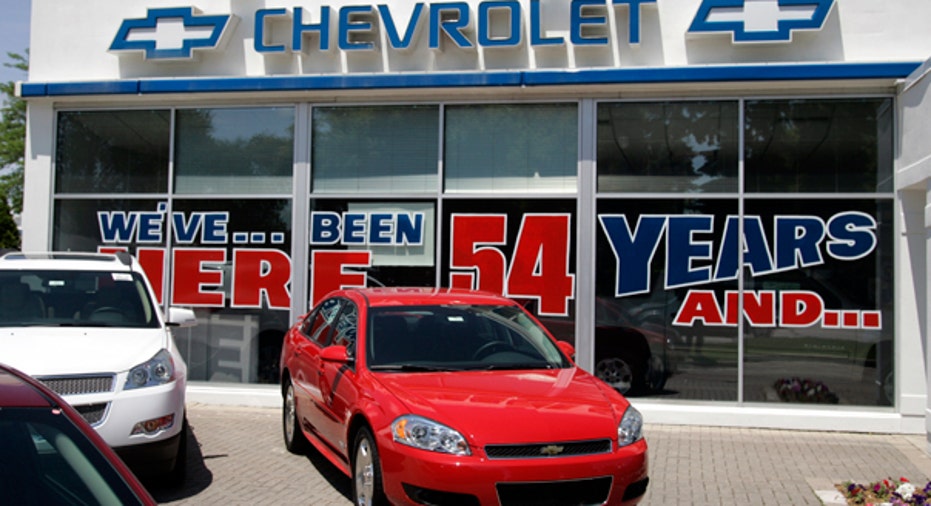U.S. Auto Industry In Recovery Mode

The U.S. auto industry is showing signs of a full recovery just three years after the financial crisis all but left the sector for dead, according to a presentation Friday by J.D. Power and Associates.
Significantly, U.S. consumers are paying historically high prices for their vehicles, J.D. Power revealed.
The average price paid for a vehicle by U.S. consumers in 2011 was $28,341, up 11% from $25,505 in 2008, according to J.D. Power’s data. Meanwhile, incentives offered by dealers have slipped.
“While we are still early in the recovery we are somewhat optimistic about both the future rate of growth as well as the overall health of the industry.”
Perks such as sophisticated entertainment systems have driven the average price of a car higher.
“While we are still early in the recovery we are somewhat optimistic about both the future rate of growth as well as the overall health of the industry,” said John Humphrey, senior vice president and general manager for J.D. Power and Associates’ Global Automotive Division.
Humphrey spoke at J.D. Power’s International Automotive Roundtable conference in Las Vegas.
The data from J.D. Power suggests that the three-year shake out period between 2008 and 2012 may have benefited the industry as it looks toward the future. In that three-year span, two of the Big Three U.S. auto makers – Chrysler and General Motors (NYSE:GM) – filed for bankruptcy. Since restructuring their massive debt loads and streamlining their operations, the two iconic Detroit car-makers have returned to profitability.
Several factors bode well for the future of the sector, according to the J.D. Power presentation: the industry as a whole has put vehicle production into “greater alignment” with actual demand; an aging fleet is creating “pent-up demand”; the car makers have ramped up new products that consumers want; leasing and extended financing programs are on the rise; and credit availability is improving.
Humphrey in his presentation warned that the car makers should remain “disciplined” and not get ahead of themselves in terms of production, an issue that contributed to their woes in recent decades. In other words, don’t let production outstrip demand.
Another concern is a rise recently in risky borrowers getting approval for car loans. The auto industry resembled the housing industry last decade in that sales and prices were pumped up artificially by giving credit to risky borrowers, many of whom couldn’t pay back their loans.